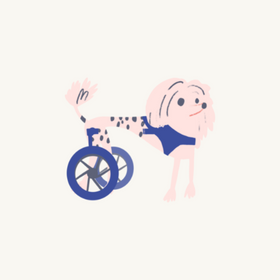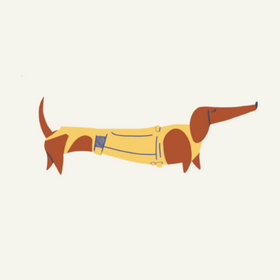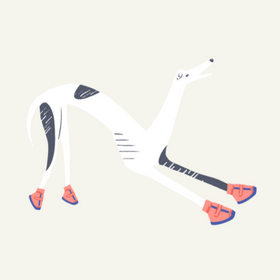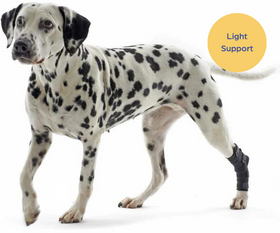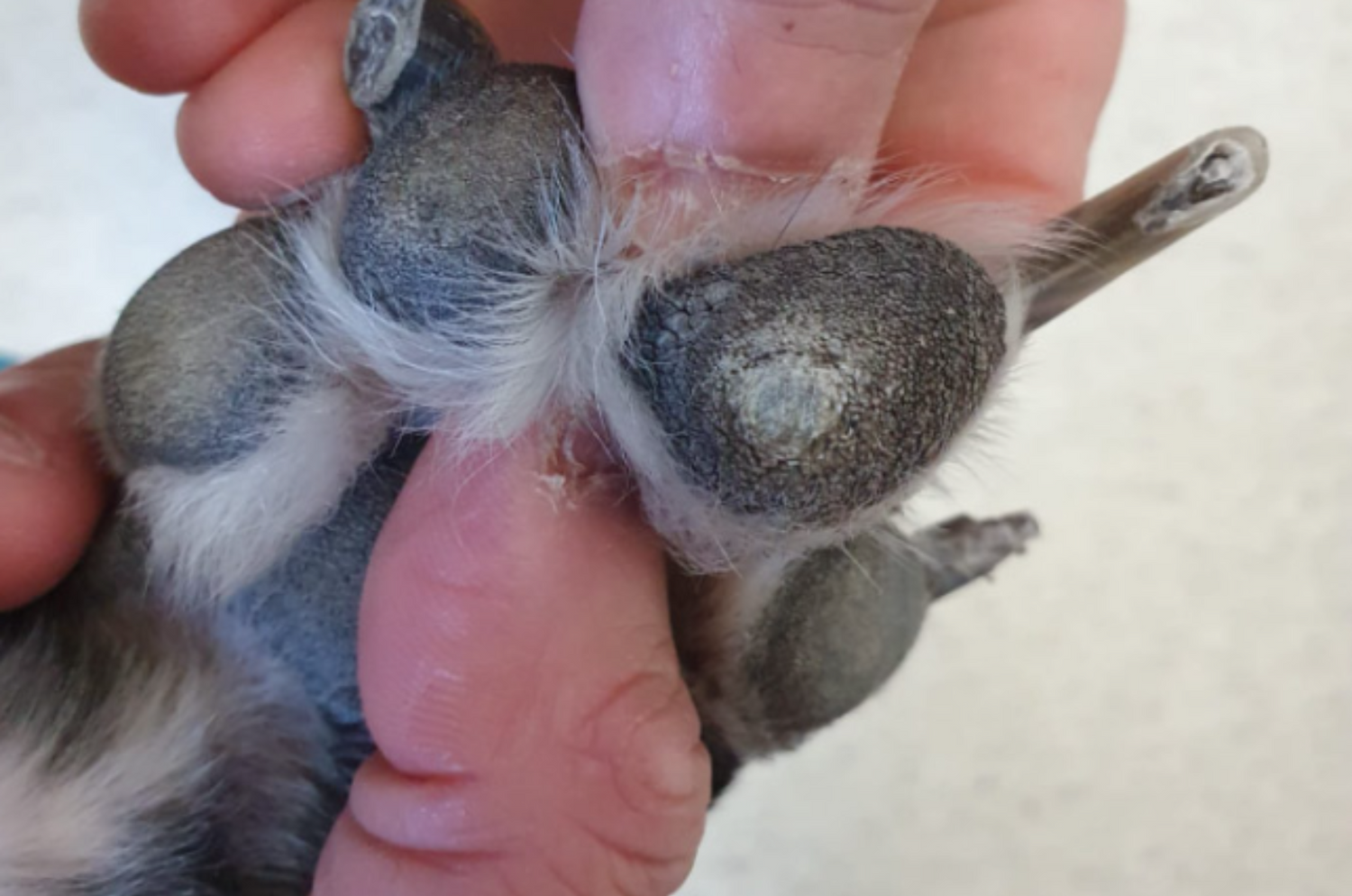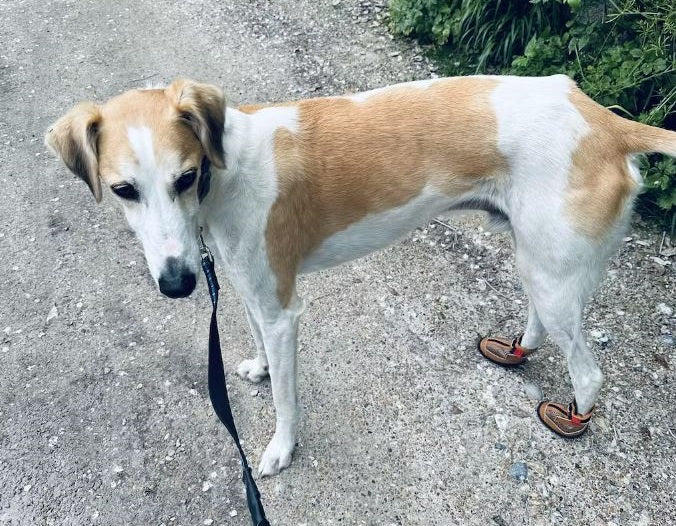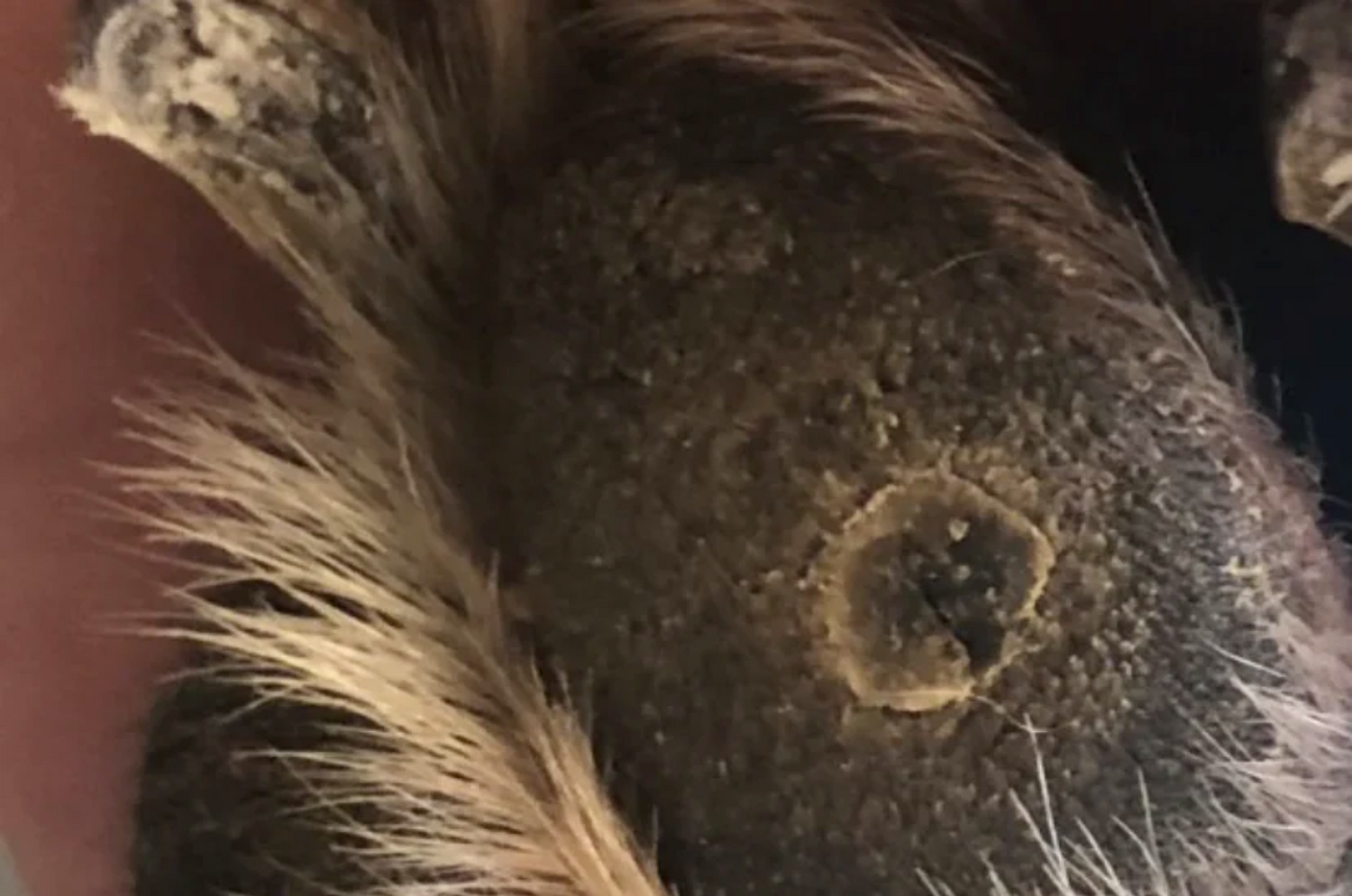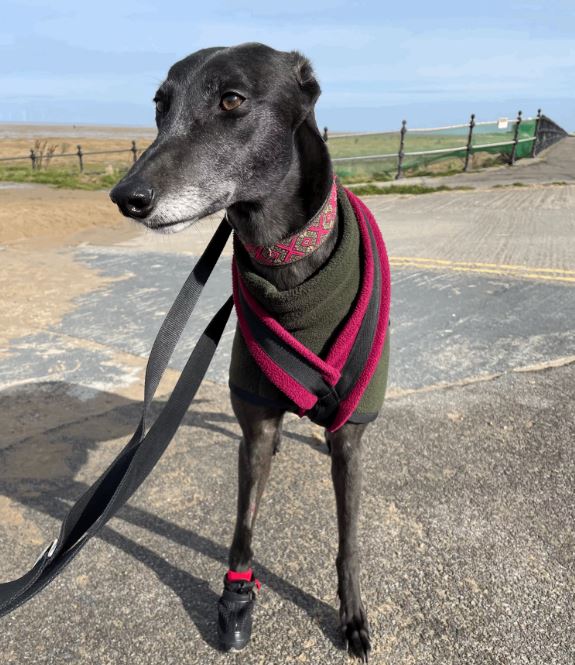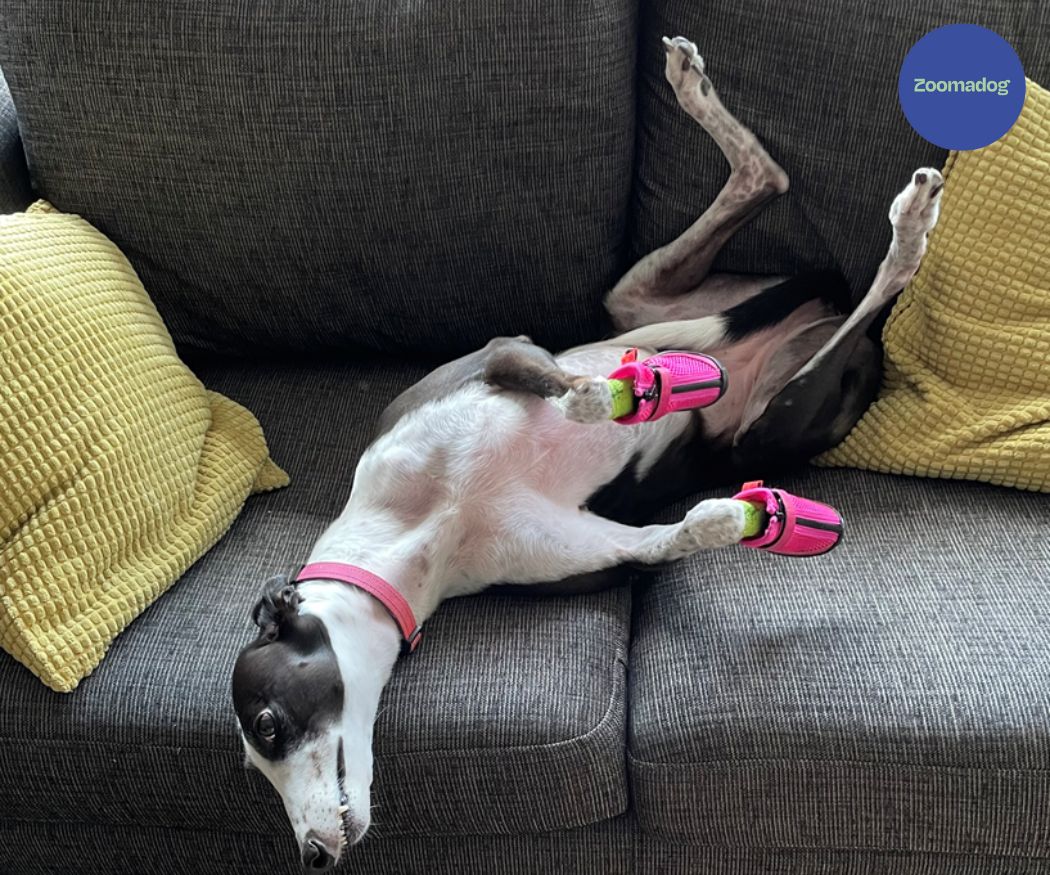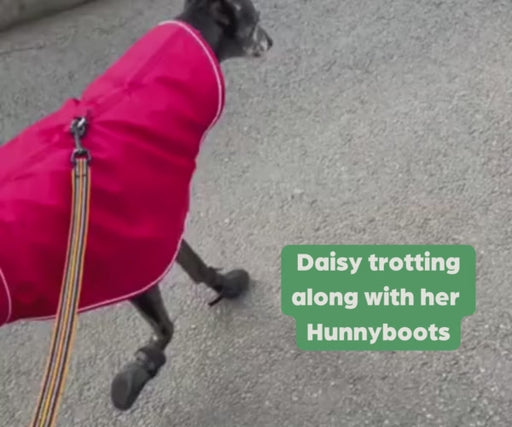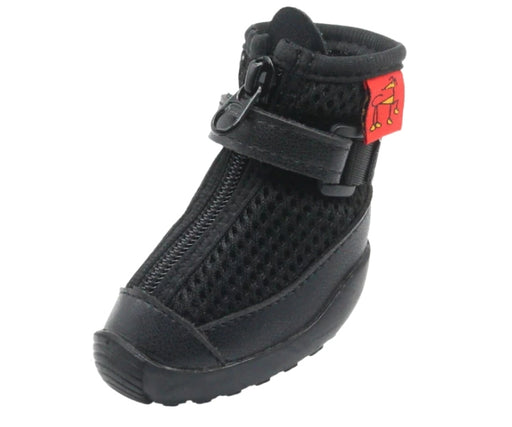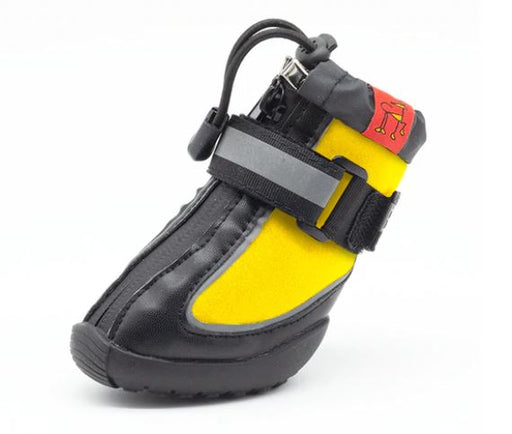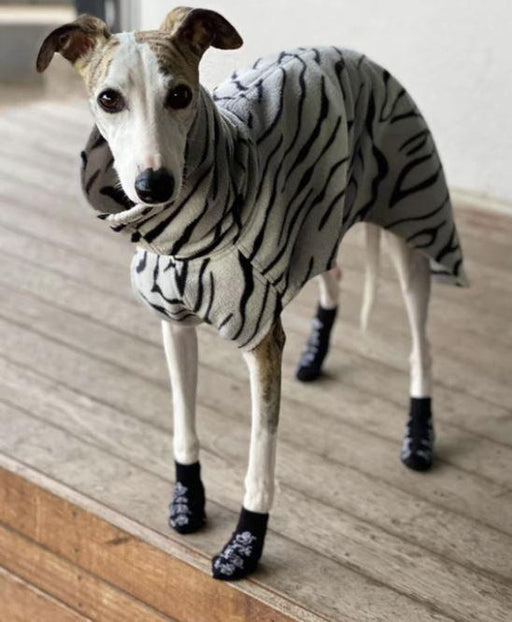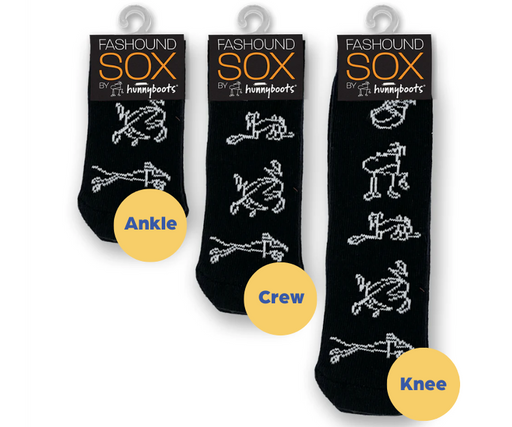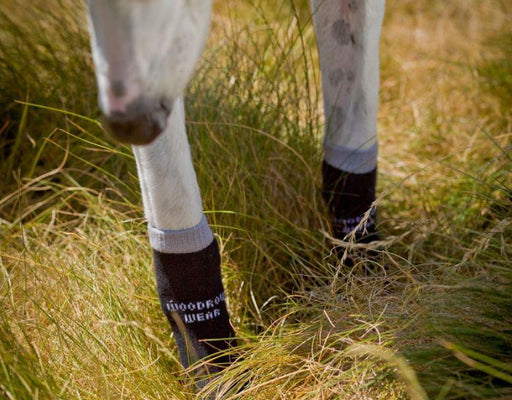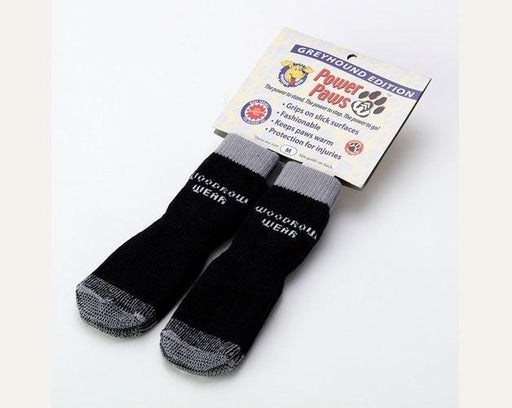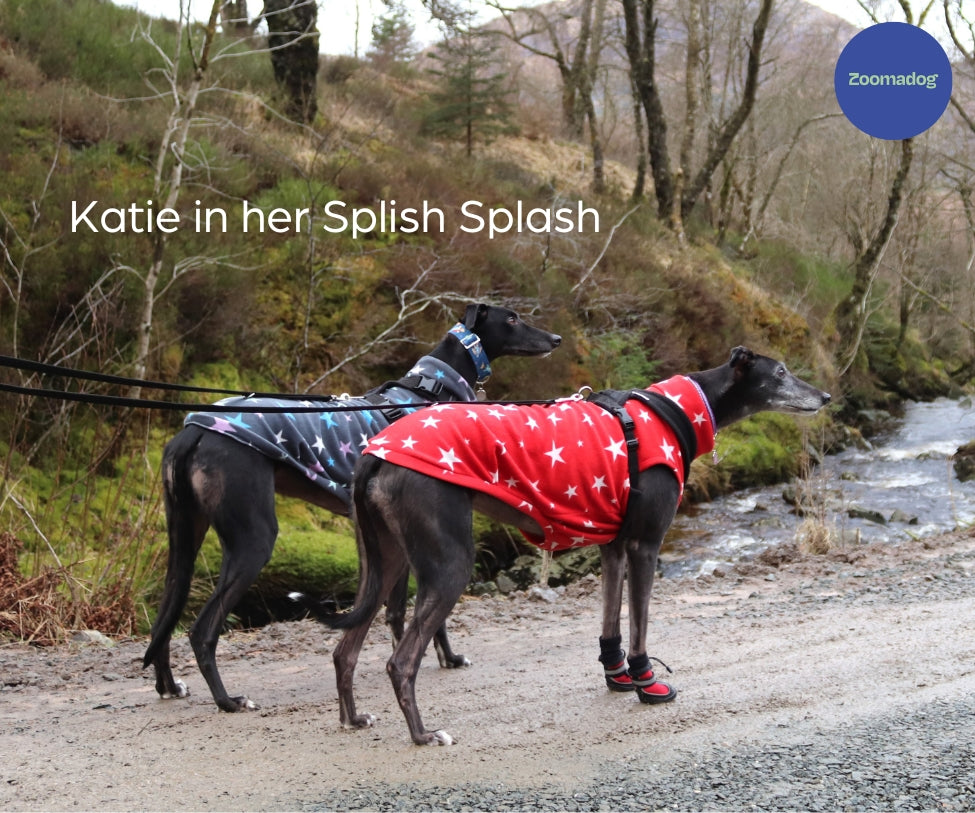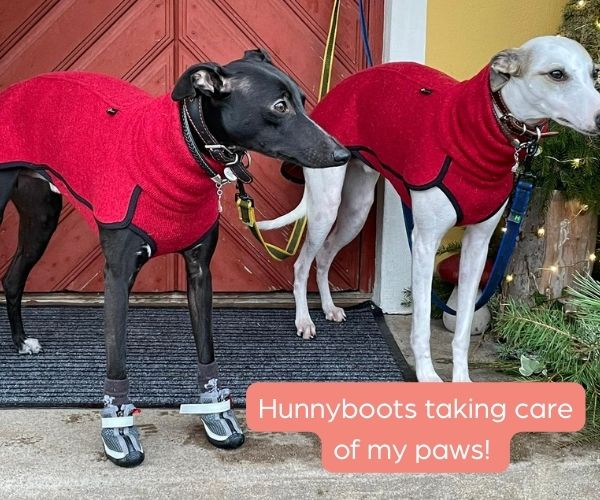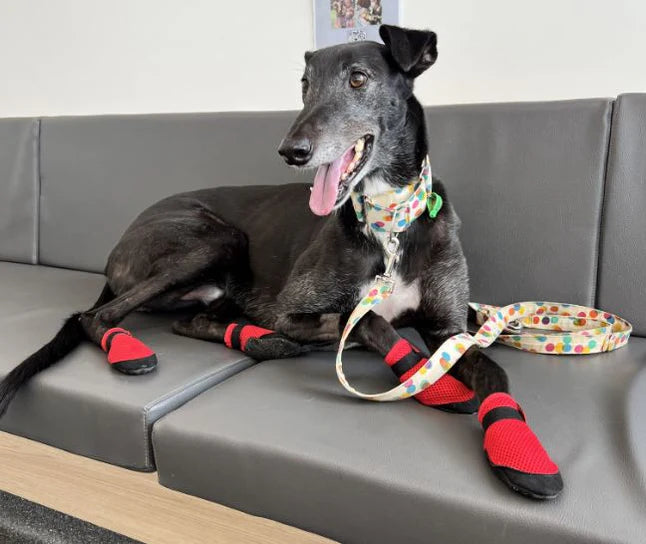You might have noticed your greyhound limp. The most common greyhound corn signs are:
- A hard circular corn forms on one or more paw digitals.
- 80% of corns appear in the central digit on a paw.
- The greyhound corn can be very hard and almost tough to touch.
- Your greyhound will most likely limp and cannot go on long walks.
- Your greyhound will most likely be in a lot of pain.
- A corn can appear on the front or back paws.
- You can get one corn or more appearing at once.
- Corns can come and go naturally, but it is not always a given they will go naturally.
What should I do if I find a corn on my dog’s paw?
Your vet can confirm a diagnosis of corns. They will rule out abnormalities in the bone or grit in the paw, which can cause similar symptoms. Distinguishing between these and corns requires a quick X-ray. Once you know it is a corn on your dog’s paw, you and your vet can discuss a suitable approach.

